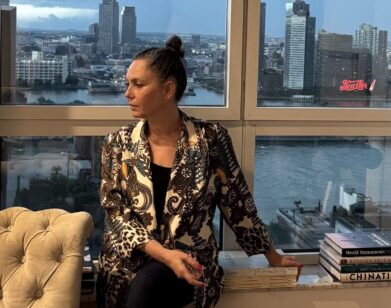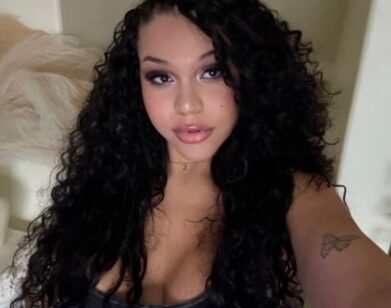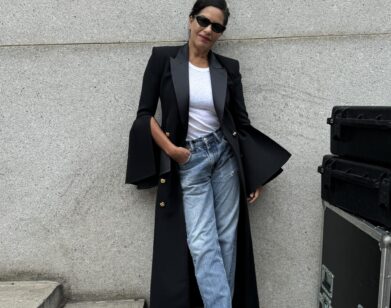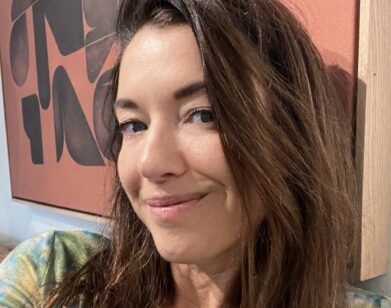IN CONVERSATION
Zackary Drucker and Jonathan Ames on the Grit and Charm of Le Carrousel Dolls

Stills from Enigma, courtesy of HBO.
The Le Carrousel dolls are often remembered by the decadence and glamour that characterized their lives as modes and socialites in Paris. But Zackary Drucker’s docu-feature Enigma, which debuted at Sundance earlier this year, hopes to put forth a heartier portrait of trans life in the 20th century. Straying from gilded spectacle and instead homing in on specificity, Drucker frames the legacies of April Ashley and Amanda Lear as a story of found family, self-invention, and the post-war artistic resurgence. A political activist and Emmy-nominated documentarian known for The Stroll and This Is Me, Drucker’s own experience as a trans woman pervades the documentary. “There’s a certain amount of being lost in another person’s history that’s natural,” recounted the filmmaker in a warm reunion with her second cousin (once removed), New York based storyteller Jonathan Ames. “The trick when you’re humanizing somebody is to not idealize them.” It seems candid storytelling runs deep in the bloodline, as the two ruminated on accessing art through pain, their shared Jewish heritage, and Buddhist aphorisms.–KATHERINE SIMON
———
ZACKARY DRUCKER: Jonathan Ames.
JONATHAN AMES: Zackary Drucker. Full disclosure for anyone that might read this interview, Zackary and I are third cousins.
DRUCKER: Second cousins once removed.
AMES: Second cousins?
DRUCKER: My dad’s first cousin’s, second cousin.
AMES: I never understand the cousin thing because I’m not good with math. But anyway, I want to focus on you, and the incredible artist that you are. I’ve had so many thoughts after seeing Enigma, but what I wanted to begin with was this is the opening line from the Christopher Isherwood novel, Goodbye to Berlin.
DRUCKER: One of my favorites.
AMES: Yes, me too. The line is, “I am a camera with its shutter open, quite passive, recording, not thinking.” And I don’t think of you as “not thinking”, but I like the idea of “I am a camera” because Goodbye to Berlin led to the play I Am a Camera, which then led to Cabaret.
DRUCKER: Yeah.
AMES: It makes me think of Enigma and the carousel in Paris, which is the origin of Amanda Lear and April Ashley. So I wanted to begin with that and your role. I see you as a portraitist, at least in these last four documentaries that have all come out in the last few years. A portraitist, a historian, a beautiful image maker, and also someone who’s fascinated with the outsider, often with narcissists and mad people like The Lady and the Dale or Amanda Lear. It’s such beautiful work you’re doing, so complex. I thought we might talk a little bit about your origins as an artist and the chapters of your art life, and then get to Enigma.
DRUCKER: My origin as an artist has so much to do with knowing about you as an artist, as a writer, as my famous cousin who published books that were on my grandmother’s bookshelf. Growing up in Syracuse, New York, there was no precedent for an artist’s lifestyle, but you were this mythic character in our huge extended Jewish family. It seemed like there was a possibility of living a life that was exciting and unpredictable. I grew up with my great-grandmother, Celia, who you knew. And it’s so intrinsic to the Jewish experience to be a mensch. The way I interpreted that was to be a young person helping out an older person. It’s not the strict definition, but there was always an investment in listening to stories and to being transported to a different time. All of those things are underneath the documentaries I’ve made in the past years, for sure. Recording stories that have otherwise not been recorded, and making sure they are preserved in perpetuity.
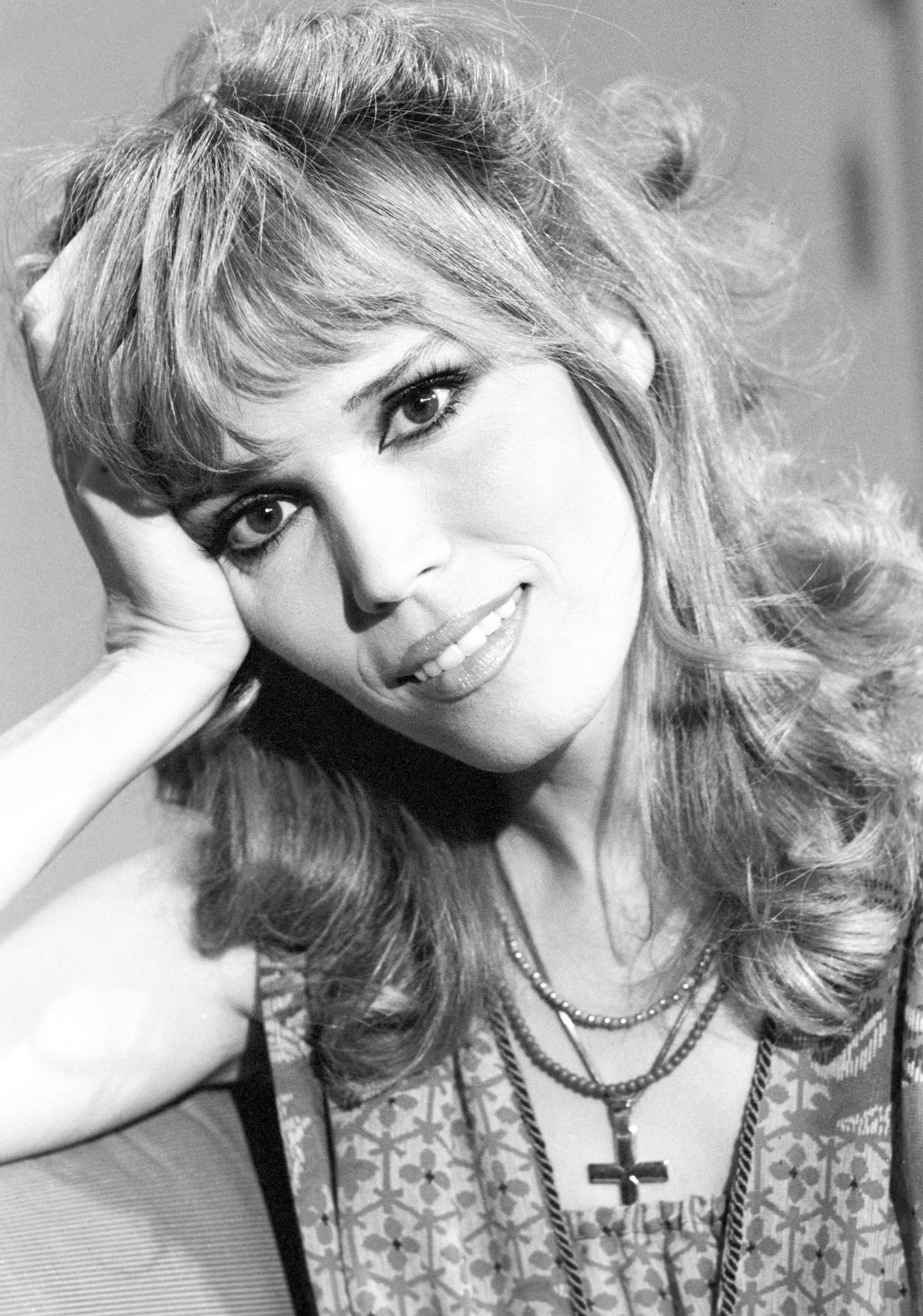
AMES: I like going back to that sort of thing: “I am a camera, I am a listener.”
DRUCKER: Yeah.
AMES: Zackary is a listener–
DRUCKER: And so are you. I mean, writers are always eavesdropping, right? ‘Cause you get so much material from the things you’re overhearing.
AMES: I know. When I was more of a journal keeper I would write down things people say. But with these films you’re a listener and also an eye because it’s a visual medium, which is also interesting because you began in the fine art world. The work I saw of yours at the Whitney Biennial was so incredible. Anyway, I wanted to ask you a basic question: What brings you joy in art making? What compels you to make art? ‘Cause for me, especially in our mad world, I’ve come to love just sitting at my computer, playing with sentences, and creating dreams with my prose.
DRUCKER: Well, it’s very different because your joy in creation is happening in a solitary way, and I find so much joy in connection and collaboration. Everything I’ve made as an artist and as a filmmaker is about relational dynamics and healing things. In my documentaries, every subject I’ve discovered has taught me something about my own internal mechanisms. Each subject has taught me something new, either about myself or the people closest to me. It’s that connection–filmmaking is so collaborative. It requires so many hands, artisans, and so much input from people. And as the author of something, your nose is always up against the wall and you have to rely on other people to offer perspective on what it is.
AMES: Your work is so collaborative. I mean, two of your movies you’ve had co-directors. You also, in a lot of the films, use animation. So you’re pulling in other artists and then sort of curating their work and I imagine expressing to them what you need.
DRUCKER: Yes.
AMES: We often think of artists as being tormented or drawing from pain to make art. And it’s the same way in Buddhist philosophy: it’s our suffering that leads to wisdom. So what is your relationship to pain in your work? 
DRUCKER: I tell young people all the time that my life didn’t start until I turned 30. All of the work I was doing as a visual artist was in my 20s, pretty much. That was my first outlet for expression, and it was a way for me to become the person I am today. To integrate all the different parts of myself into a whole person. An advice I give to young creators is that the more you can elevate your consciousness and communicate clearly to people is critical to creating change no matter what you’re doing. Sometimes we are focused on short-term rewards and we’re not doing the interpersonal deep work to heal ourselves, to show up in the things that we create with clarity. So I feel blessed to have had the luxury of not doing that in public in my 20s, and doing it kind of as an artist pre-social media was a time for me to discover who I was. Then, moving on to other people’s stories felt like a natural progression. I no longer felt like I had to crack myself open and show everybody. I think this film in particular is so much bigger than me. It’s bigger than April and Amanda. It’s about sisterhood and the intensity of feeling so outnumbered by a society as a different person, finding your tribe, finding your people. Those relationships are so powerful because a person can understand your experience so intrinsically in their own bodies, and they can also be completely combustible and insane. The relationships I’ve had in particular with other trans women are storied. They just go on and on and on and it’s been illuminating to really unpack April Ashley and Amanda Lear’s individual lives and their overlap, as well as these other women that they were in contact with. It’s also just so powerful to see octogenarian trans women. I think that alone has been missing from our culture for so long. Just old ladies who are trans and all the nuances therein.
AMES: Is the broken friendship of April Ashley and Amanda Lear something you discovered over the course of making Enigma? ‘Cause from what I understand, the film began as a story about Amanda, and at a certain point you realized there was a co-star.
DRUCKER: There’s so much history that Amanda won’t divulge about her own life, and I think looking at the lives of her contemporaries gives us insight into what that generation of women dealt with. Having grown up during World War II, their earliest memories were of war and destruction. And coming into the world in this renewal of the 1950s and 1960s, all of that cultural context is absent from Amanda’s story. So it seemed crucial to tell a fuller story about trans life in the 20th century. The more specific we are, the more universal our storytelling becomes. So in the specificity of this story, there are themes that we can all relate to about found family, about friendship, about ruptures, and about the divergent paths that we can take. And I think it taught me something personally about forgiveness too, and letting things go.
AMES: What part of the story made you think of forgiveness?
DRUCKER: Well, what was fascinating was that all the women responded to Amanda very differently. From reading April’s diary and calendar, I found evidence of her continuing to try to reach out to Amanda, to inquire about her address and where she was living. 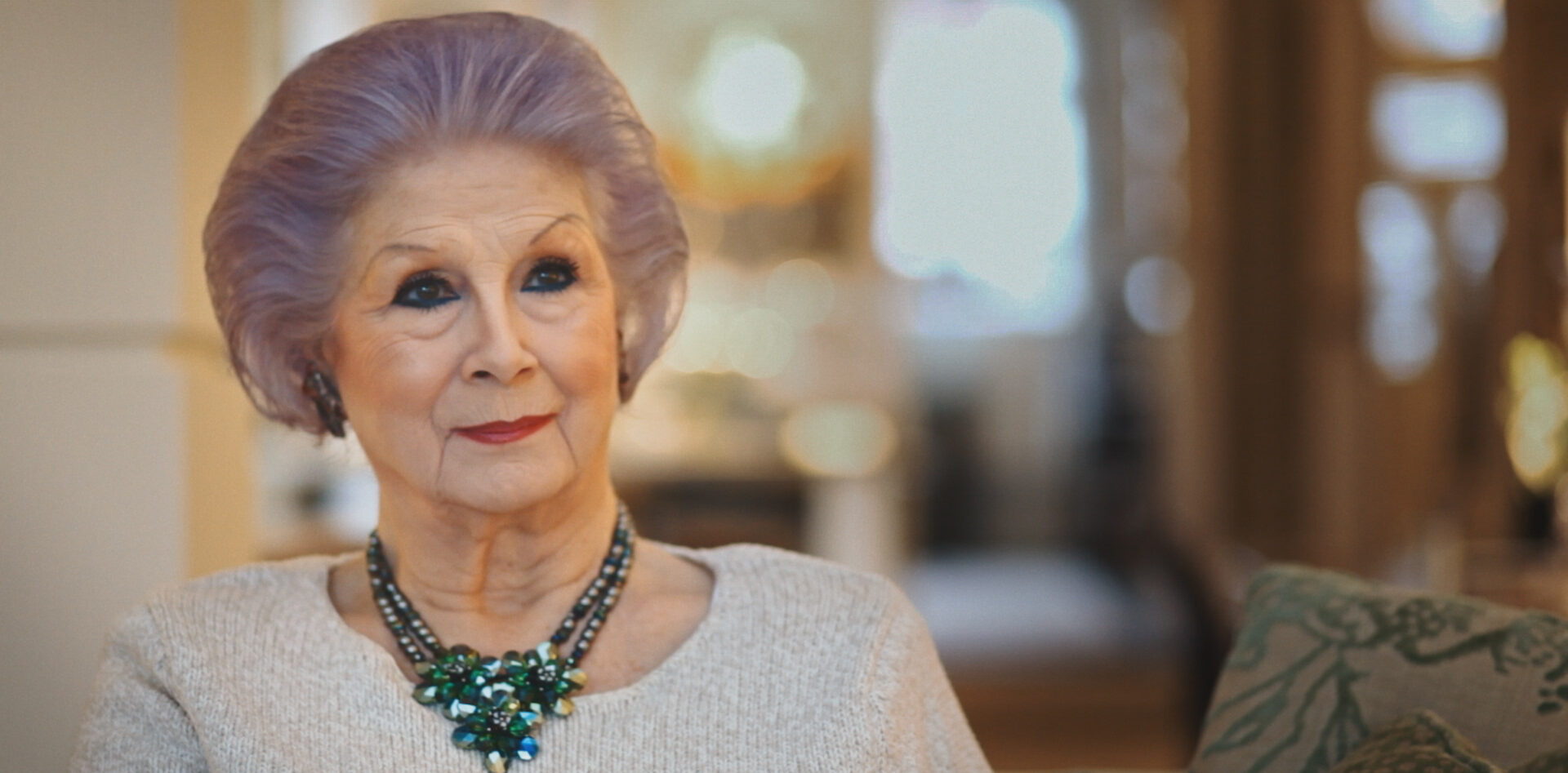
AMES: As just a viewer of the film, I feel like there was this great love between them–not a romantic love, but a sisterly love. April took Amanda under her wing, but also they’re both so fiercely intelligent that they had found their equal.
DRUCKER: Yes.
AMES: And it was sad to me, I slowly realized while watching the film, “Oh, April Ashley has passed. You couldn’t directly interview her.” and the person in me who loves fiction was hoping for a kind of reunion between these two, which sometimes happens in documentaries.
DRUCKER: Yeah.
AMES: One thing I was thinking about with Amanda Lear at a certain point says, “I am nothing.” And I thought there was something very Buddhist about that because she was just saying, “People want to project onto me, that’s their business. I am an image, but I am nothing.” But at the same time, there’s a fierce ego there. What do you think about Amanda Lear talking about surface, image, presentation, labels?
DRUCKER: Oh my God. It’s the power of self. The freedom of self-invention, the complete liberation of having no constraints, of not being helmed in by reality or historical fact. There’s something so limitless about Amanda’s expansion into the world and her ability to be all things and nothing. I think of my friend, Tourmaline, who published a book about Marsha P. Johnson and unpacked this idea that Marsha had of being a nobody–and I love being a nobody. To have a day when you can disappear into your environment and just exist is a great gift in such a bombastic and noisy world. That’s been the joy of directing for me. It’s disappearing into the story and being a messenger. And it’s chilling sometimes when a person is not on the earth anymore to tell the story. There’s a certain amount of being lost in another person’s history that’s natural. You’ve come so close in the archive to a person’s internal thoughts, feelings, yearnings, and seeing medical records, articles, all these traces that we leave behind are so vivid, they tell such a compelling story. The trick when you’re humanizing somebody is to not idealize them, and to offer a complex portrait. I mean, we’re all unreliable narrators. Our experiences are so subjective and shaped by what we can live with. The thing I learned so profoundly is the power of conscious denial that we all live with. There’s something about each one of us that outsiders witness, but we cannot—things that we’re unable to fully see.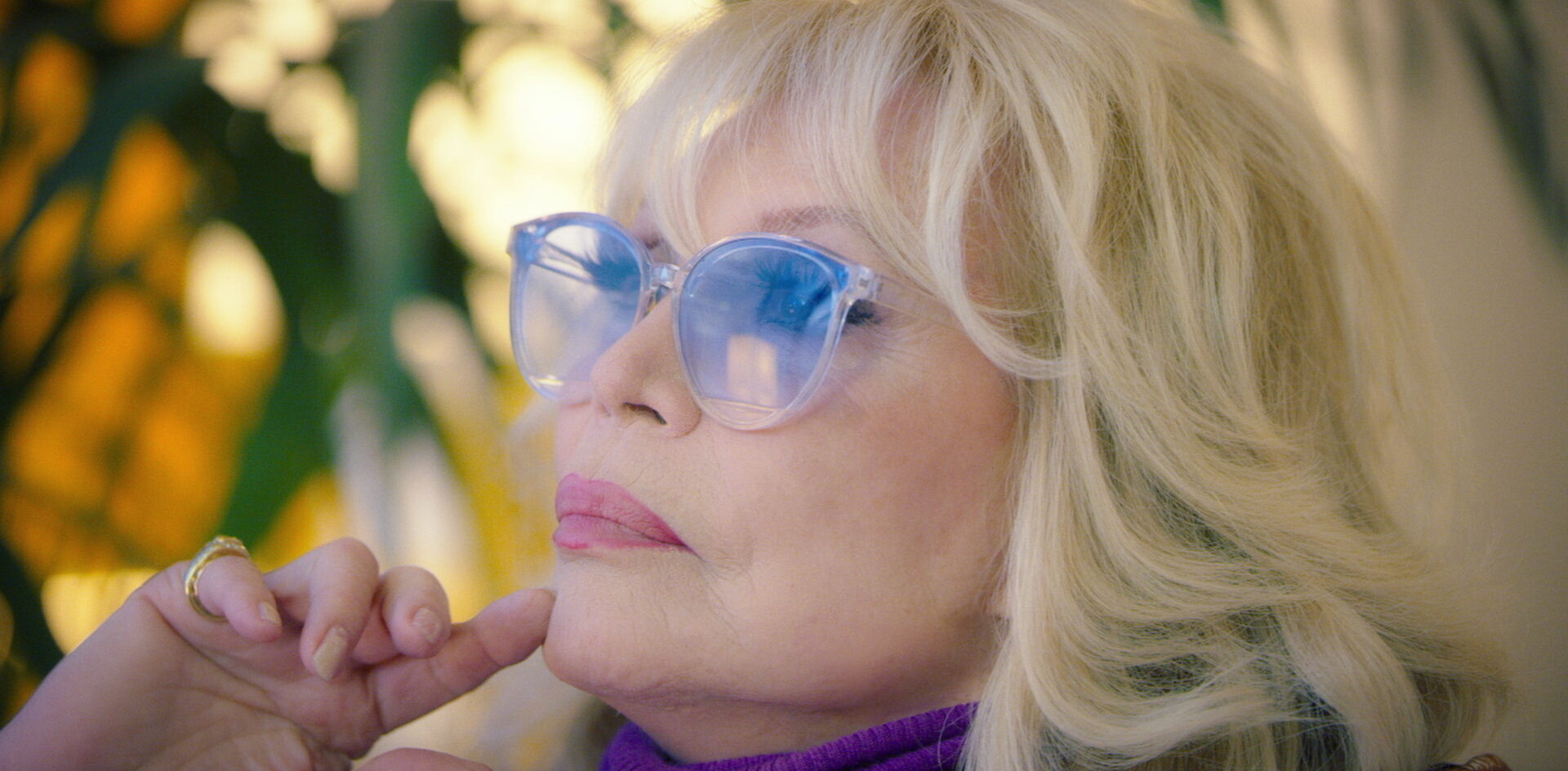
AMES: It’s interesting what you said just now, and in some ways it answered my earlier question about the joy of making art. And it sounds like for you, the joy is in listening and absorbing these stories. I had an image of a watermill. The water of the story comes into you like that bucket on the wheel, it enters into you through the camera, and then you digest it. Then, here comes the bucket on the wheel again, but maybe the bucket now is taken out and put on the screen, like you’ve transmuted this story and have created these portraits.
DRUCKER: Yeah.
AMES: I have a flash of you sitting in front of my great aunt Celia, and she was such a storyteller. She was unlike so many of our relatives who seemed oppressed by the times in which they’d grown up in, by poverty, by inner resentment, by not having worked things out. Celia had such a twinkle in her eye. So I just had this image of you, on the floor at her knee, marveling at her and somehow wanting to make a portrait of her that you’d give to the world.
DRUCKER: Yeah. She was a time traveler to me. English was her fifth language, I think. She represented something ancient. I mean, she passed away when she was 97 years old and I only knew her in the last decade of her life. But it’s such an incredible blessing to have a conversation with somebody who knew her, Jonathan. It’s so special.
AMES: Oh, this brought to mind another question. Talking about April Ashley and Amanda Lear and the women of The Carousel coming out of the war, I was thinking how we are shaped very painfully by the times we live in. So I was wondering if you might want to comment on your living in this era, and this idea of being shaped by our times.
DRUCKER: Yeah. There’s so many survival strategies from our Jewish heritage that helped me navigate my trans life, and I think of it as a secret superpower sometimes. Knowing the family history is so bolstering, it just feels magical that we’re here, and that we survived. I believe that we chose to live in this time that our souls were predetermined to be here. And nobody gets out alive. It’s difficult no matter who you are, no matter what time you live in. By looking to our predecessors, we at least have a roadmap and a sense of ourselves through time, a sense of the possibility of existing way into the future. As artists, we’re able to envision that, look around the corner, and solve problems in creative ways. It’s a kind of alchemy to be an artist and to be a human. We have to reconcile all of the challenges.
AMES: On your Wikipedia page–
DRUCKER: Oh, no.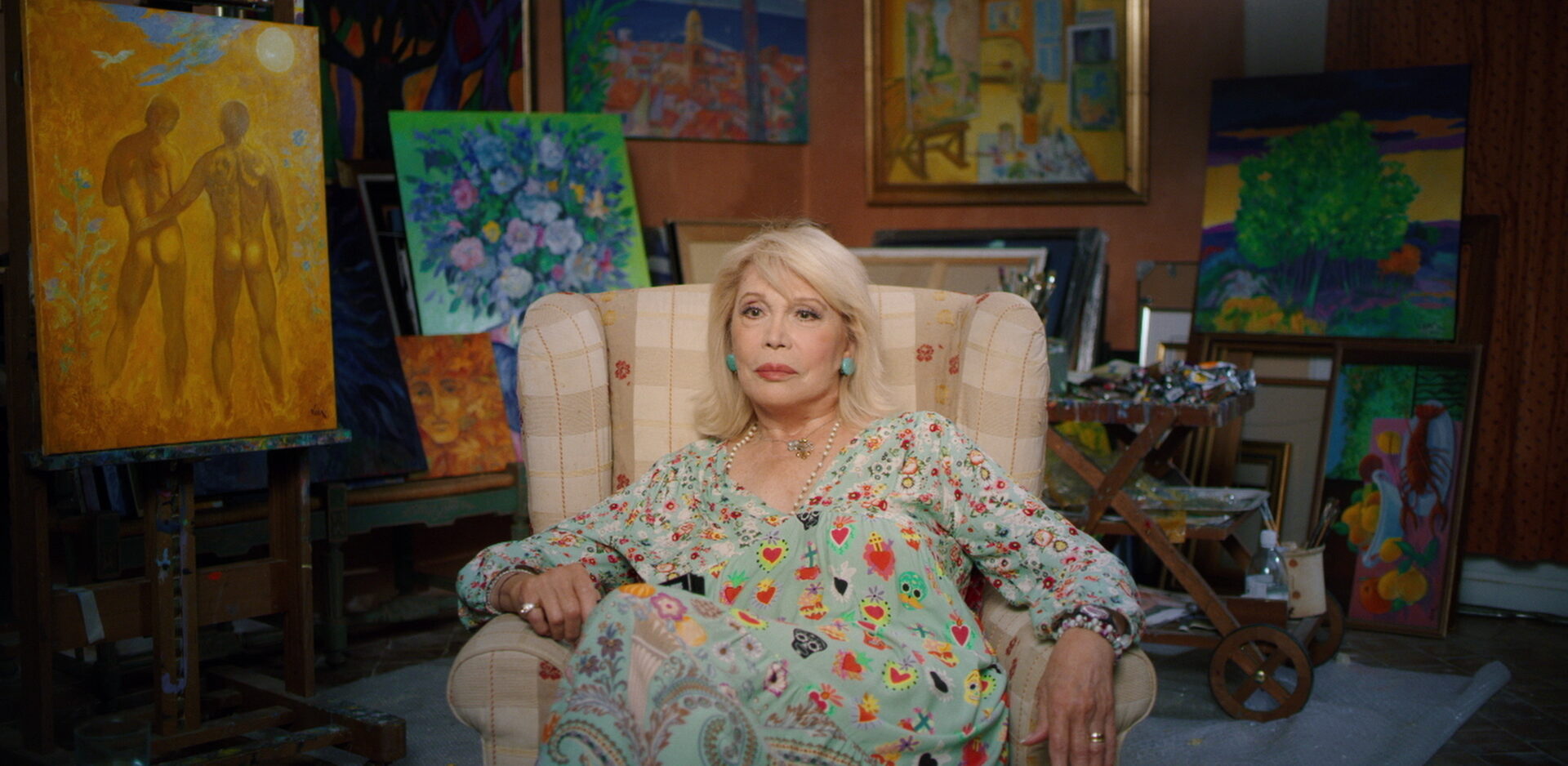
AMES: It also lists you as an activist. And it seems like an important part of your work is to maybe create change or to hope for a more loving and compassionate world.
DRUCKER: Yeah.
AMES: One of the things you talked about in Enigma with Amanda Lear is legacy. It seems like it’s very important to you to perhaps create change or create help.
DRUCKER: [Laughs] Yes.
AMES: That’s an element that really makes your documentaries also so special. I mean, the films are also fun to watch. The pacing, the music, the animation, they’re engaging. Enigma, I saw it just a week or two ago, and you didn’t do as much animation in it. Why that choice?
DRUCKER: Well, the archive was so rich. It didn’t take much. The challenge with any trans historical figures is there’s so little material. But with the Lady and the Dale, we had a minute and a half of her on film, and that was it. We were working with a roll of film that one photographer had taken of her at her desk, and the entire series was animated based on those 30 plus expressions on her face. And with April Ashley and Amanda Lear and Bambi and Dolly, there was just a treasure trove of material. There was a ton to paint with. And activism is, I suppose, somewhat essential to the life experience I’ve lived. And being a sane and centered person in the trans community, I think has necessitated a certain amount of advocacy. I’m deeply invested in creating a better world for all of us and for equality for all people being equal. And that’s tzedek, the ancient Jewish principle of justice. I think those ancient values continue to inspire me today, and I do feel a tremendous amount of responsibility to these women, to our stories, and to our human community.
AMES: So my last question is, where are your dreams taking you next?
DRUCKER: To continue to discover legends in the archives and to tell more stories like this, and to create them from the ground up as a director on scripted film and television. That is my most fervent hope for what’s next.

